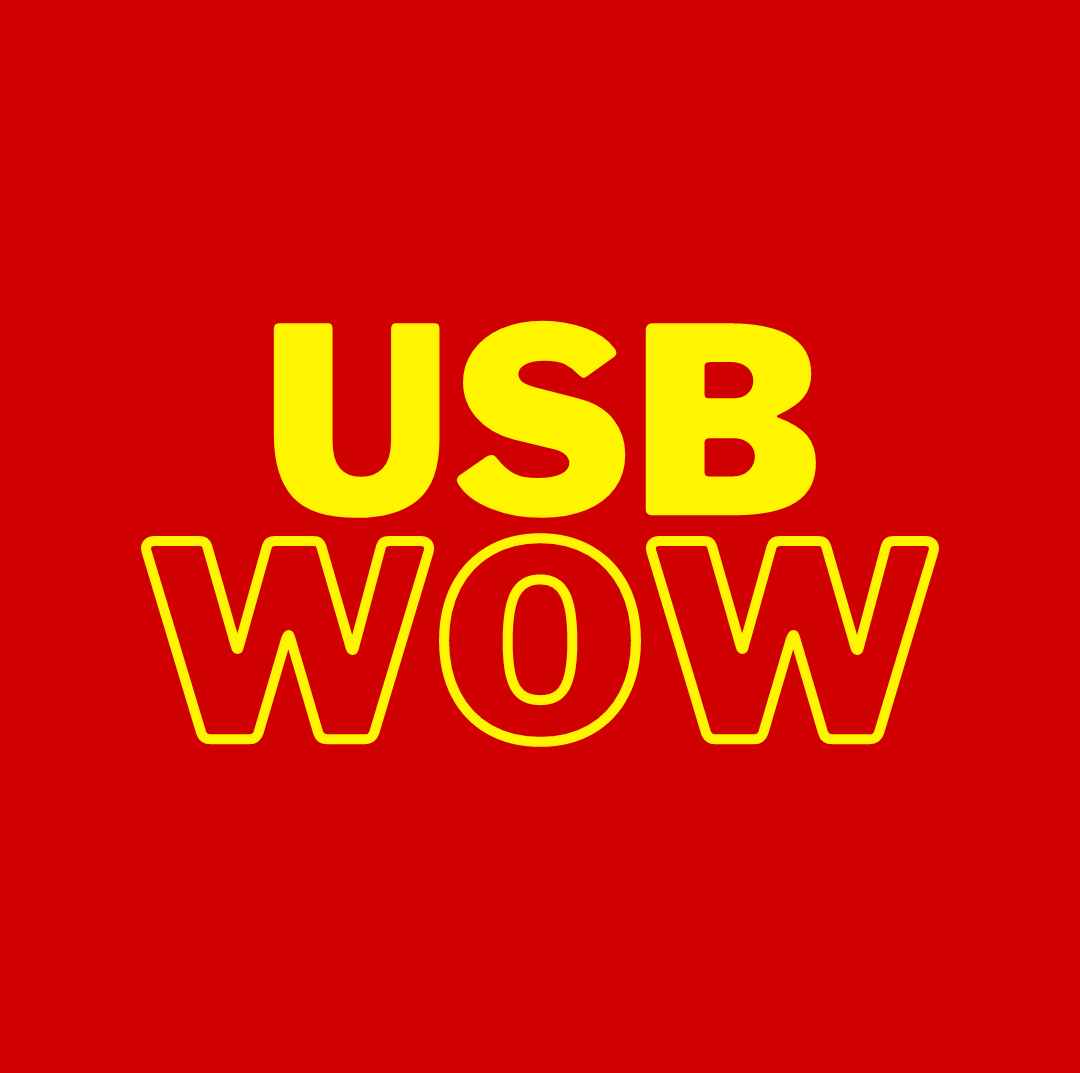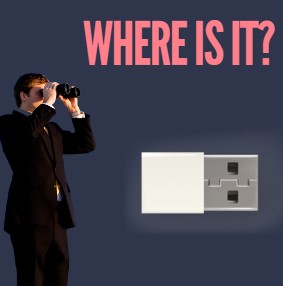If you’ve just plugged in your USB drive and it hasn’t automatically opened showed you all the files, you might wonder where it is. Here’s a step by step guide to how to find a USB stick not showing on both Windows and Mac operating systems.
For Windows 11:
- Check USB connection: Ensure that the USB stick is properly connected to your computer. Try using a different USB port on your computer to rule out any port-specific issues.
- File manager; Press the Windows key + E to open File Explorer.Look for the “This PC” or “My Computer” option on the left-hand side and click on it. If your USB stick is connected and recognized, it should appear as a removable storage device under the “Devices and drives” section.
- Device Manager: Open the Device Manager by pressing the Windows key + X and selecting “Device Manager” from the menu. Look for any entries with a yellow exclamation mark or question mark, indicating a problem. Right-click on the problematic device and select “Update driver” to install the latest drivers.
- USB driver update: Visit the manufacturer’s website of your computer or motherboard and download the latest USB drivers for your system. Install the drivers and restart your computer.
- USB troubleshooting: Windows has a built-in USB troubleshooter that can help diagnose and fix common USB-related issues. Press the Windows key + I to open the Settings app, then go to “System” > “Troubleshoot” > “Other troubleshooters.” Select “Hardware and Devices” and follow the on-screen instructions.
- Power management settings: Open the Device Manager, expand the “Universal Serial Bus controllers” category, and right-click on each USB Root Hub entry. Select “Properties” and go to the “Power Management” tab. Uncheck the option that allows the computer to turn off the device to save power. Repeat this for all USB Root Hub entries.
For macOS:
- Check USB connection: Ensure that the USB stick is properly connected to your Mac. Try using a different USB port or adapter to rule out any hardware-related issues.
- Disk Utility: Open Finder, go to “Applications” > “Utilities,” and launch “Disk Utility.” Look for the USB stick in the list of devices on the left-hand side. If it appears, select it and click on the “Mount” button. If it’s already mounted, try unmounting and remounting it.
- System Information: Click on the Apple menu in the top-left corner and select “About This Mac.” In the window that appears, click on “System Report.” Under the “Hardware” section, click on “USB.” Look for the USB stick in the list and check if it’s recognized by the system. If it’s not listed or appears with an error, there may be a hardware issue.
- Reset SMC and NVRAM: Sometimes resetting the System Management Controller (SMC) and Non-Volatile Random-Access Memory (NVRAM) can resolve USB-related issues. The steps to reset these components can vary depending on the Mac model. You can search for specific instructions on Apple’s support website for your particular Mac model.
I still can’t find my thumb drive!
If these steps don’t resolve the issue, it’s possible that the USB stick itself is faulty. You may want to try using it on another computer to confirm whether it’s a problem with the stick or your computer’s USB ports.
Here are a few additional troubleshooting options:
- Try a different USB port or cable: Sometimes, the issue may be with the USB port or cable. Try connecting the USB stick to a different USB port on your computer or use a different USB cable.
- Test the USB stick on another computer: Connect the USB stick to another computer to see if it is recognized there. If it works on another computer, it suggests that there might be an issue with your computer’s USB ports or drivers.
- Restart your computer: Sometimes, a simple restart can resolve USB recognition issues. Restart your computer and check if the USB stick is detected upon startup.
- Check disk management (Windows) or disk utility (Mac): If your USB stick is still not visible, you can check the disk management tool on Windows or the disk utility on Mac to see if it detects the USB stick. Follow the steps mentioned earlier to access these tools and look for any signs of the USB stick being recognized but not assigned a drive letter or volume.
- Update USB drivers: Visit the manufacturer’s website for your computer or motherboard and check if there are any available updates for USB drivers. Download and install the latest drivers to ensure compatibility and proper functioning.
- Test with a different USB stick: If possible, try using a different USB stick on your computer. This can help determine if the issue lies with the specific USB stick or your computer’s USB ports.
If none of these steps resolves the issue, it’s possible that the USB stick may be faulty or incompatible with your computer. Or it may be corrupted. In such cases, you may need to consider replacing the USB stick or seeking further assistance from the manufacturer or a technical support professional.

